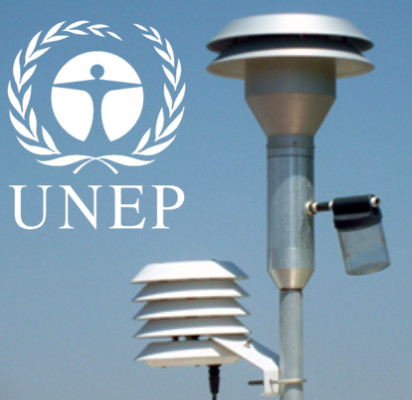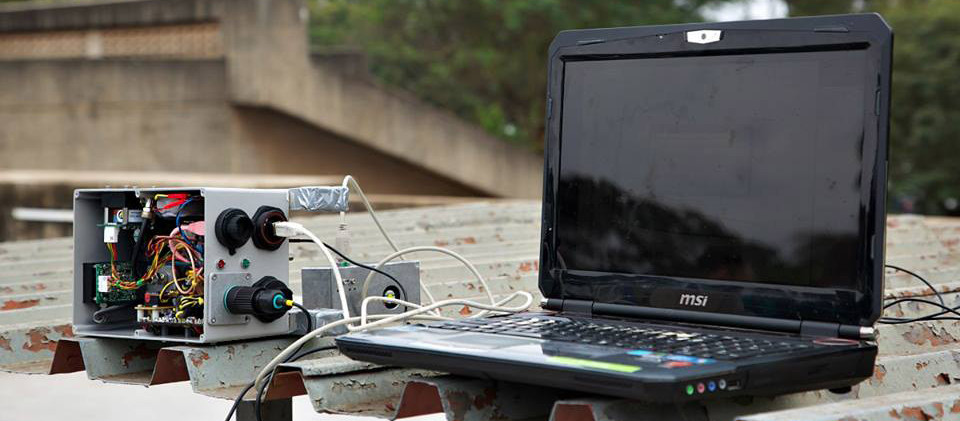
近两个月以来,我们环境署的同事一直在采取一项有趣的举措,以宣传空气质量与联合国内任何其他业务一样重要的理念。他们开始在这个领域进行投资,并提出了一个出色的举措,即为负担得起的空气质量监测站创建一个开放的足迹。
去年 8 月 31 日,UNEP DEWA 团队在一份新闻稿中发布了有关其新项目的令人兴奋的信息,这是他们与内罗毕大学共同开发的创新空气质量监测站,每台成本低至 1.5KUSD。这比传统的 BAM 和 TOEM 便宜至少 10 倍,传统的 BAM 和 TOEM 市场上的价格约为 15K 或更多(纯购买价格,不包括维护和消耗品!)。考虑到联合国环境规划署监测站还能够感知更多的污染物,如臭氧、氮氧化物和硫氧化物,这使得它比整体传统解决方案更便宜。非常感谢联合国环境规划署迪拜水电局推动这一进程并使其成为面向所有人的开放蓝图解决方案。
到目前为止,我们对该设备的了解是,它看起来与下图中类似:

--
当我们等待环境署正式发布第一个蓝图时,我们一直在根据收集到的所有信息进行一些逆向工程。该设备的规格确实令人印象深刻:
该显示器使用 12V 电源 - 唯一缺少的信息是显示器使用标准 12V 电池组可以持续多长时间,但 UNEP DEWA 和内罗毕大学现在很可能正在优化这一点。
从新闻稿和传单中提供的图片来看,这是我们对盒子内物品如何包装的最佳理解。

幸运的是,联合国环境规划署很快就会公布这些足迹,以便每个人都能分享联合国环境规划署迪拜水电局团队一直领导的这一出色举措的好处。
同时,为了也为环境署发起的运动做出贡献,我们决定发布过去几个月积累的有关新型颗粒物空气质量传感器的所有信息。我们确实认为这一点极其重要,因为即使并置在一起,不同的传感器也往往会给出不同的读数,而当必须向公民通报当前的空气污染水平时,这可能会让人头疼。
我们的传感器(目前全部位于北京)的所有现场测试实验,以及有关不同传感器和实验设置的说明都可以从此链接中找到:传感器。请注意,这是一项正在进行的工作:一旦我们掌握了新传感器,就会添加更多传感器。请按照您想要的方式使用实时数据源,我们的主要目标是提高对空气质量传感的认识和常识。
--
有关环境署空气质量监测站的更多信息,您可以联系环境署内罗毕 DEWA(早期预警和评估部)国家外展、技术和创新处处长萨米·迪马西 (Sami Dimassi)。网站: uneplive.unep.org


